The deadliest American animals you wouldn’t want to run into
Animal attacks
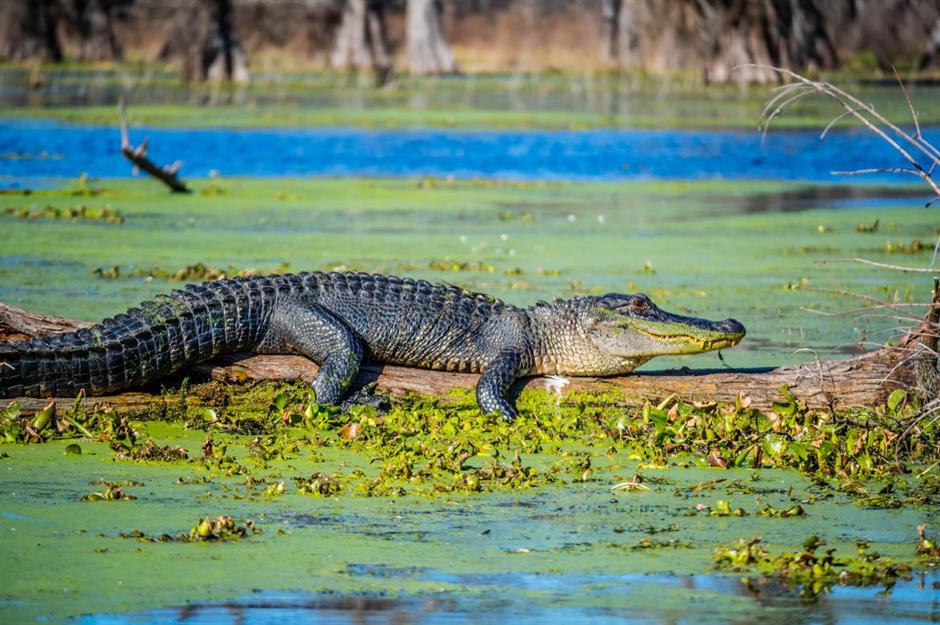
The USA has an incredible array of deadly animals and insects that call the country home. From tiny terrors with eight legs to some of the largest predators on Earth, there are many fearsome and fascinating animals to be found across the nation's dusty deserts, mountains, coastlines and wetlands. Intimidating though they are, it's always worth remembering that they're far more threatened by human activity than we are by them.
Read on as we take a short safari through America's most dangerous animals...
Brown or grizzly bear
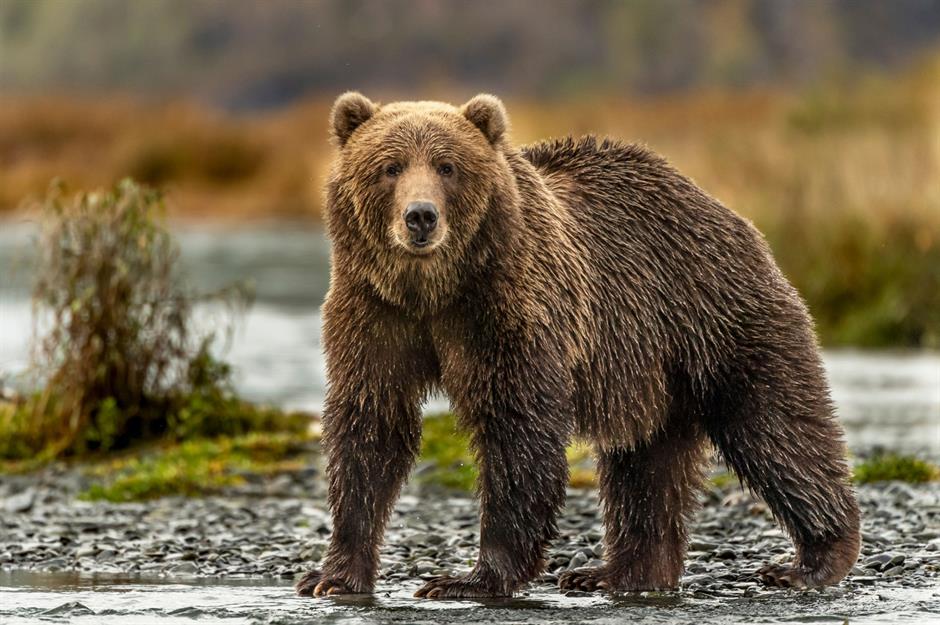
Once widespread in the US, fewer than 1,500 grizzlies now live in Idaho, Montana, Washington and Wyoming according to the National Wildlife Federation, with around 31,000 left in Alaska. Pictured here is the Kodiak bear, a super-sized subspecies found on Alaska’s Kodiak Archipelago. Bulky yet extraordinarily agile, grizzlies can run up to 35 miles per hour (56km/h) and have been known to attack humans in a predatory way. Their behaviour is unpredictable but females with cubs are typically the most aggressive, as are hungry bears newly emerged from hibernation. They have a bite force of 1,160psi (pounds per square inch) and could chomp through metal. Gulp.
American black bear
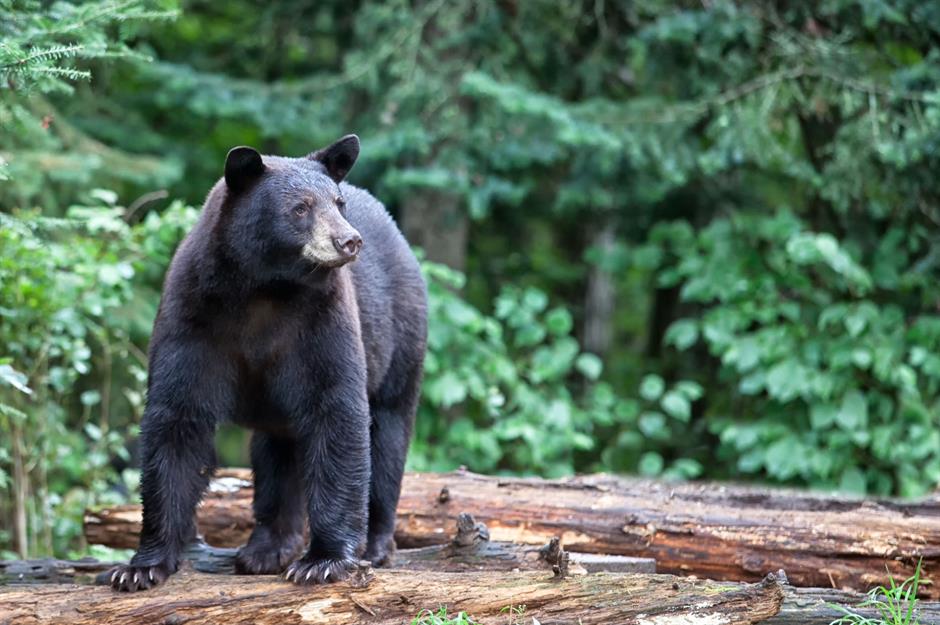
The bear you’re most likely to encounter on hikes is the American black bear (Ursus americanus), with around 80,000 living across most of the states. Often with reddish-brown fur, rather than black, these handsome animals are incredibly strong and known for being excellent swimmers and tree climbers, thanks in part to their short claws. Though the smallest of America’s bear species, black bears do occasionally attack humans, and there's around one fatal attack per year across North America. A lot of black bear attacks begin as scuffles with dogs.
Polar bear
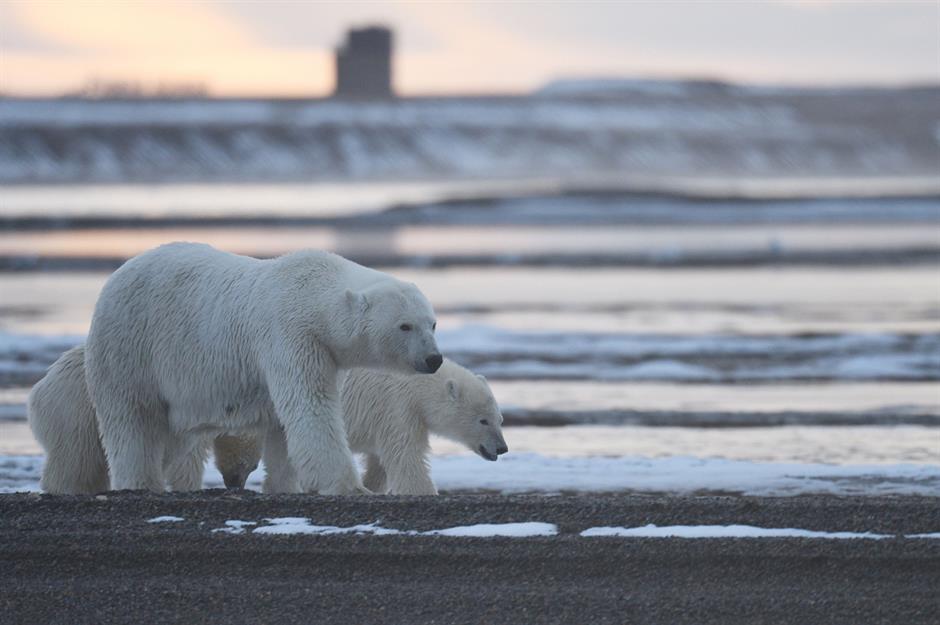
Among the world’s top predators, polar bears are simply enormous, often weighing three or four times the average black bear. Between 4,000 and 7,000 bears live across the north and west of Alaska, according to the NPS, and though human encounters are rare the bears are extremely dangerous. Unfortunately the first fatal attack in 30 years took place in 2023 in Wales, a tiny and remote community just below the Arctic Circle, when a young woman and her son were mauled when they encountered a bear during a snowstorm. It’s thought that human encounters with polar bears are likely to increase as melting ice forces them south to find food.
Rattlesnake
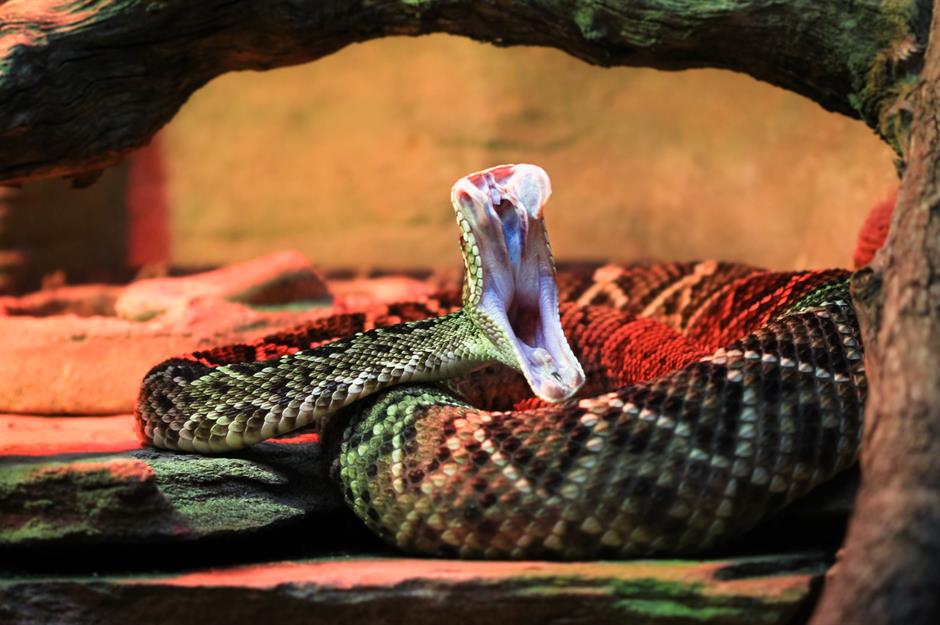
The US has its fair share of venomous snakes and between 7,000 and 8,000 bites occur each year, of which around five are fatal. Rattlesnakes are the country's largest venomous snakes and the eastern diamondback rattlesnake is the largest and deadliest of them all. Reaching up to eight feet (2.4m) long, the species of viper has a distinctive diamond patterning and is found in the southeastern states, where it typically preys on rabbits, rodents and birds. The almost-as-deadly western diamondback rattlesnake slithers in a close second.
Love this? Follow us on Facebook for travel inspiration and more
Coral snake
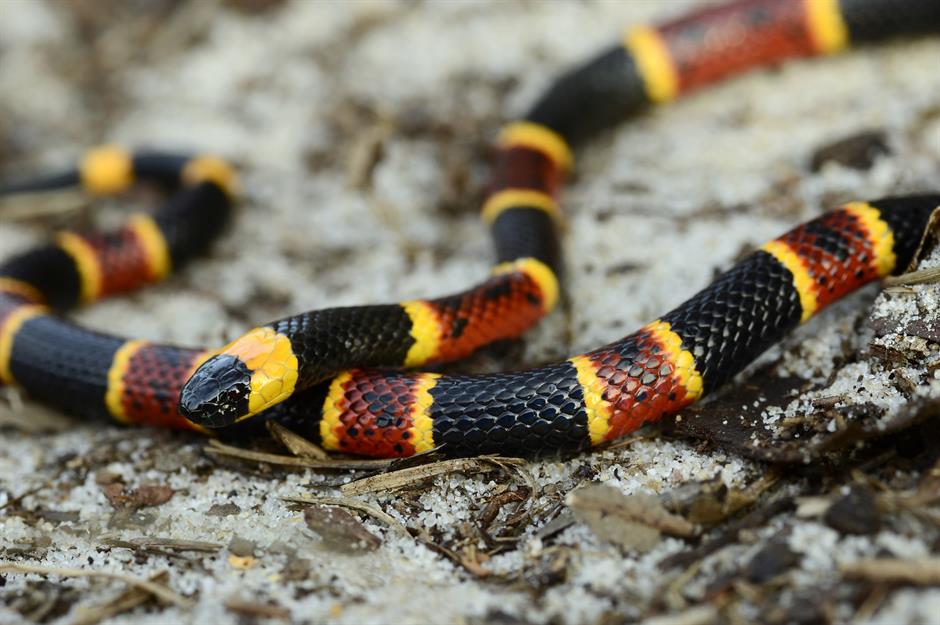
Another well-known venomous snake species, don't be fooled by this cute critter's attractive colour scheme. There are three dominant types – eastern, western and Texas coral snakes – and all three can inflict deadly bites. Although these snakes, part of the cobra family, possess a highly toxic venom, they’re not nearly as aggressive as rattlesnakes so bites to humans are rare. Their small teeth don’t leave wounds, but if injected their venom can cause nerve damage, respiratory failure and paralysis if left untreated.
North American copperhead
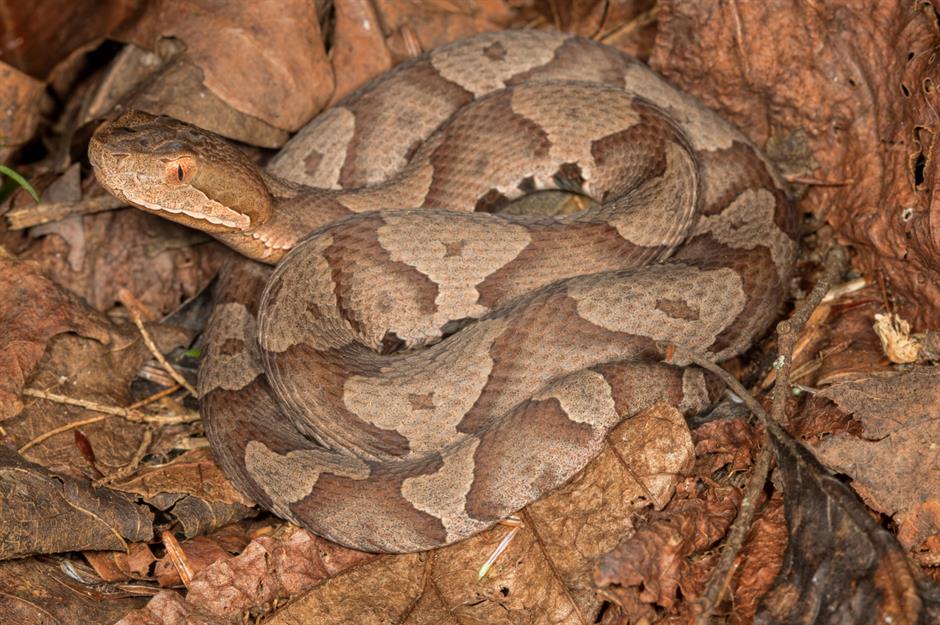
Cold-blooded predators, copperhead snakes inhabit the southern and eastern states. Part of the viper family, these large native serpents are named for their copper colour and are thought to be responsible for more bites on humans than any other species in the US. Although fatalities are rare, their venom contains hemotoxins which can destroy red blood cells, damaging muscle tissue and the circulatory system. There are five subspecies in the US, including the northern copperhead, pictured here.
Raccoon
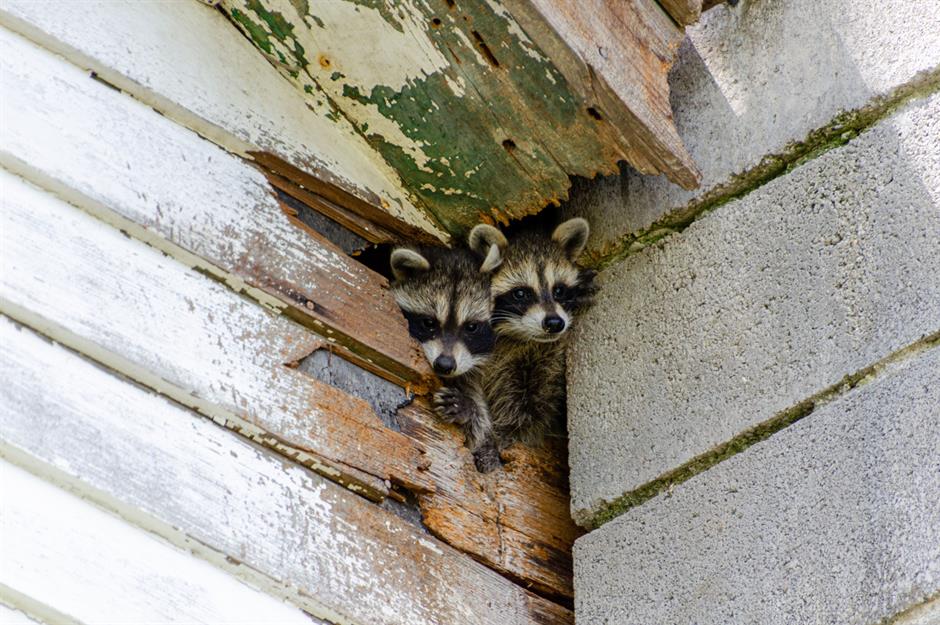
Super cute but super mischievous, raccoons are notorious for damaging roofs, attics and decks while making their dens, but the medium-sized mammals can pose bigger problems. The pesky creatures, which are native to North America and have become increasingly urbanised, can carry parasites and nasty diseases such as rabies. Although they rarely attack humans, they can infect people via scratches and bites if manual attempts are made to remove them from people's properties.
Great white shark
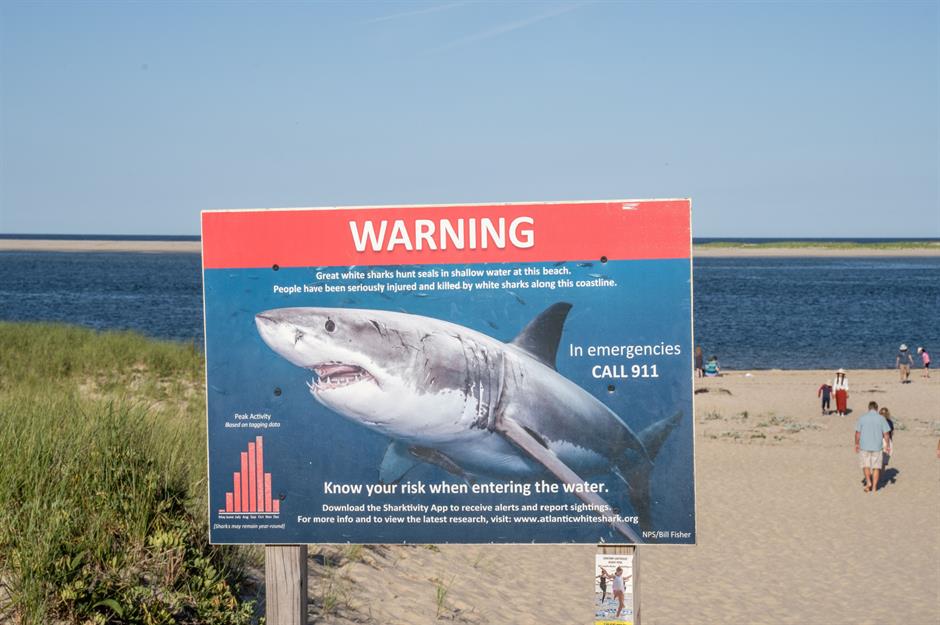
Perhaps the ocean's most dreaded apex predator, great white sharks are the world’s largest predatory fish, and can be found on America's east and west coasts as well as around Hawaii. Populations of the protected species appear to be increasing – in part thanks to rising water temperatures caused by climate change – and human encounters are on the up too. Long Island (pictured) is a nursery area for juvenile white sharks, not far from where Steven Spielberg's infamous shark movie Jaws was filmed. Healthier seal populations are also drawing the sharks – whose razor-sharp teeth can measure more than six inches (15cm) – closer to shore.
Tiger shark
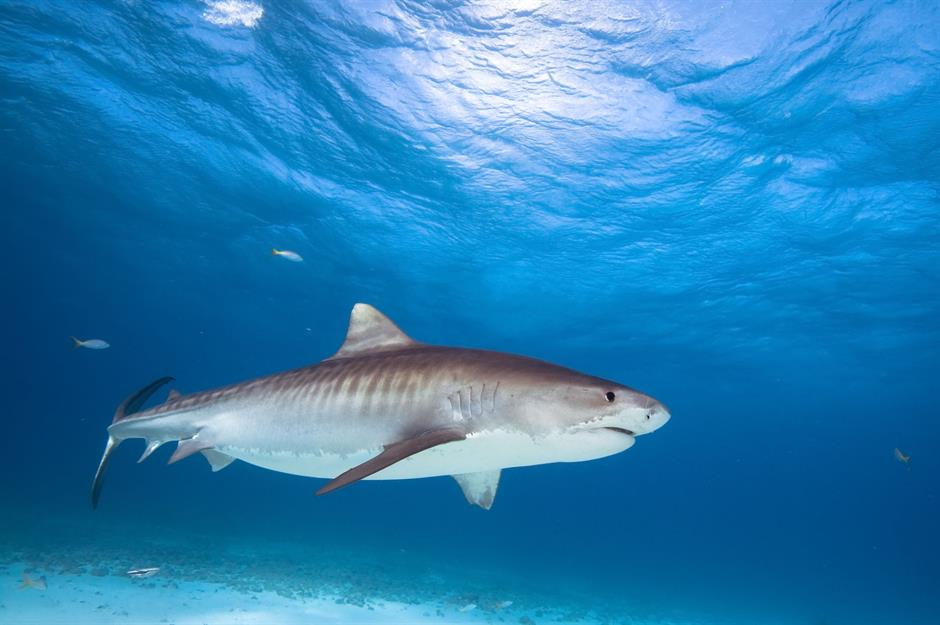
The US had the most unprovoked shark bites of any country in 2023 with 36 (52% of incidents globally), according to the International Shark Attack File. Two of those were fatal. One attack occurred in Hawaii by a tiger shark, the other in California by a white shark. Tiger sharks, named for their distinctive stripes, can grow up to 18 feet (550cm) and rank among the so-called 'big three' shark attack species. Tigers place just behind great whites for deadliness, and just ahead of the notoriously aggressive bull shark.
Alligator
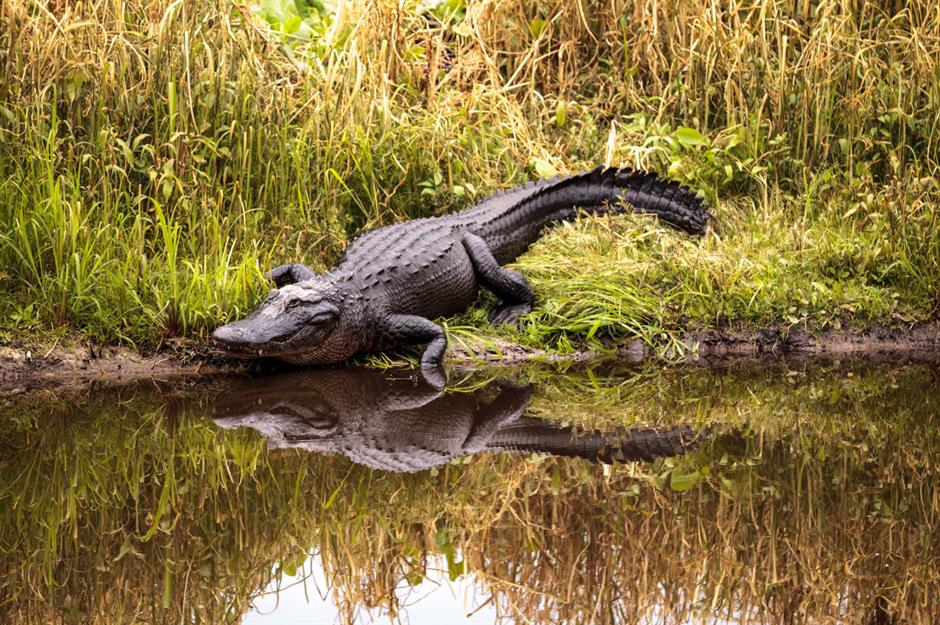
One of America's best-known and most terrifying predators, these stealthy, dinosaur-like reptiles are native to the southeast US and live in freshwater rivers, swamps, marshes and lakes. An average-sized male 'gator is 11 feet (3m) long, with a typical lifespan of a whopping 50 years. In 2022, a woman was fatally attacked after an alligator lunged at her dog, but according to the Florida Fish and Wildlife Conservation Commission human deaths are rare. Only 30 of the 450 unprovoked bites recorded in the state since 1948 resulted in death. Alligators are a protected species and Louisiana has the most with around two million, followed by Florida on 1.3 million.
American crocodile
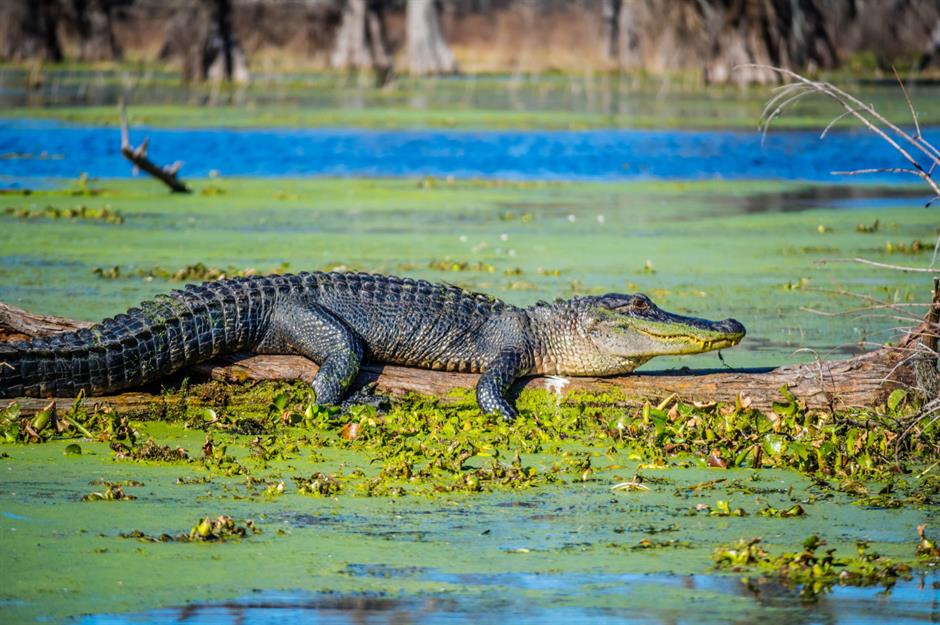
Another member of the crocodilian family lurks in the brackish waters of Florida. The American crocodile is far rarer than the alligator and can only be found in coastal regions on the state's southern tip. Although similarly fearsome in appearance, the American croc has lighter skin, a slimmer body and a narrower, tapered snout. Though quite aggressive they tend to avoid humans, and encounters are rare. Listed as an endangered species in 1975, their numbers have since increased substantially, and around 1,500 to 2,000 now lurk in Florida's waters.
Cougar
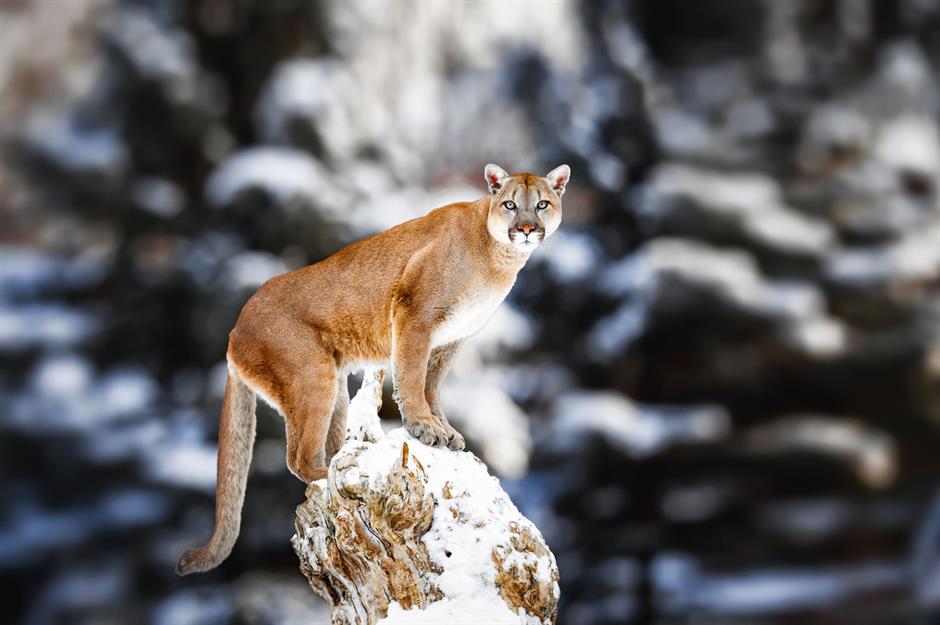
The fourth largest wildcat in the world – after lions, tigers and jaguars – and the largest in North America, the cougar is a majestic mammal that was once widespread across the country. Also known as the mountain lion, panther and puma, these days they're found in just 15 western states and feed largely on deer and small mammals. A subspecies, known as the Florida panther, still lives solely in the southwestern tip of Florida and is listed as endangered. Fatal attacks on humans are very rare, but have happened. Though they're formidable ambush predators, endearingly the cougar can't roar – it can only purr.
Bobcat
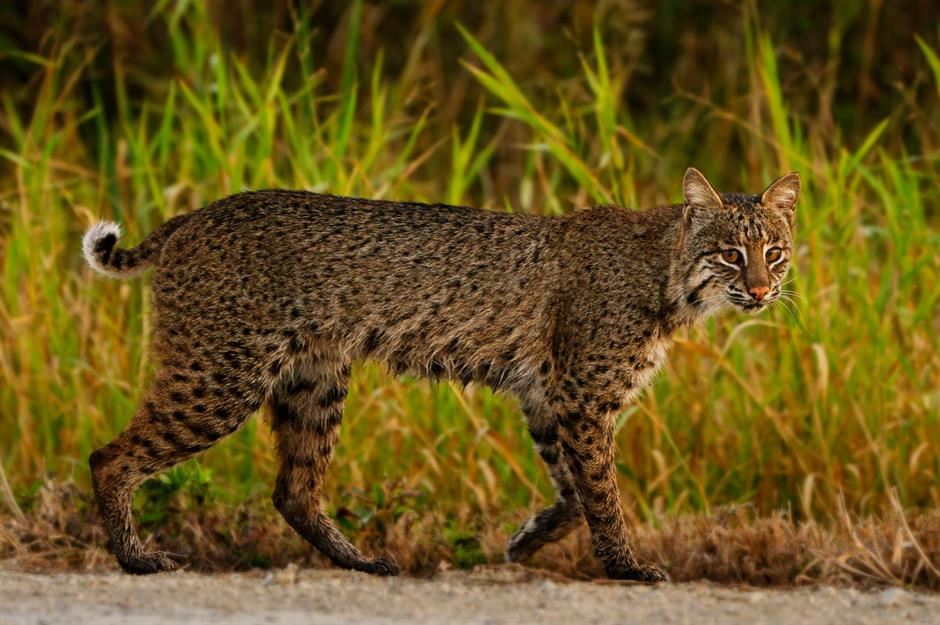
Another timid and elusive native feline is the bobcat (or Lynx rufus). They’re not known for attacking humans unless provoked, but rabid bobcats can cause injuries with their razor-sharp teeth and claws. The predatory cats, which are roughly twice the size of your average house cat, live in a variety of habitats across the US. They prey on rabbits, hares, rodents and small deer, and have been known to target pets.
Grey wolf
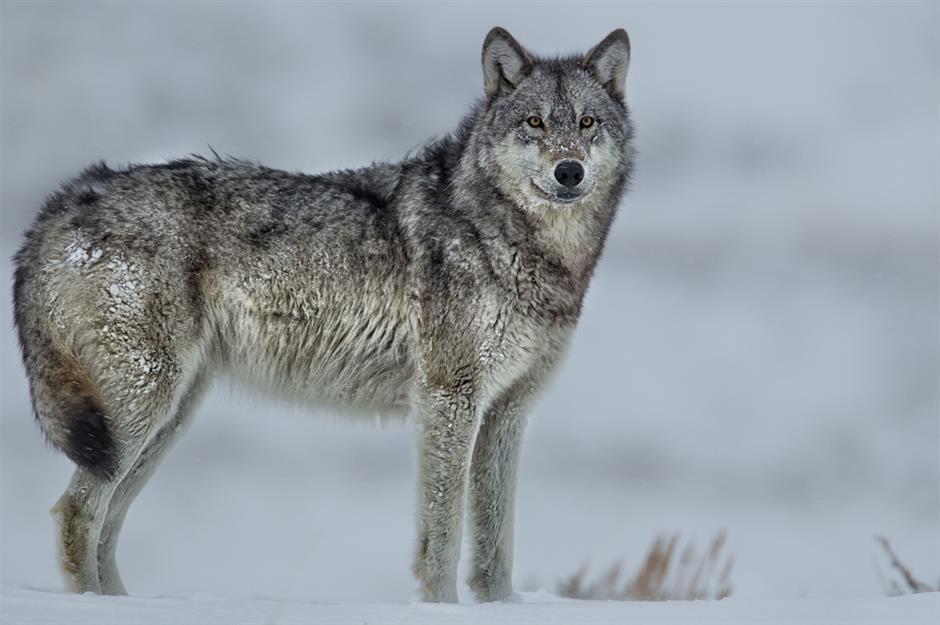
Revered and feared by humans perhaps more than any other American animal, grey wolves live in packs spread through Washington, Oregon, California, Idaho, Montana, Wyoming, Michigan, Wisconsin, Minnesota and Alaska. These wily canines mostly prey on moose, deer, elk, bighorn sheep and mountain goats, and their strong jaws have no difficulty chomping through bones. Human attacks are rare and the most recent fatality occurred in Alaska in 2010. Though that was thought to be an unusual predatory attack, most other incidents are linked to provocation or habituation. The US is also home to the red wolf, the world’s most endangered wolf, found only in eastern North Carolina.
Coyote
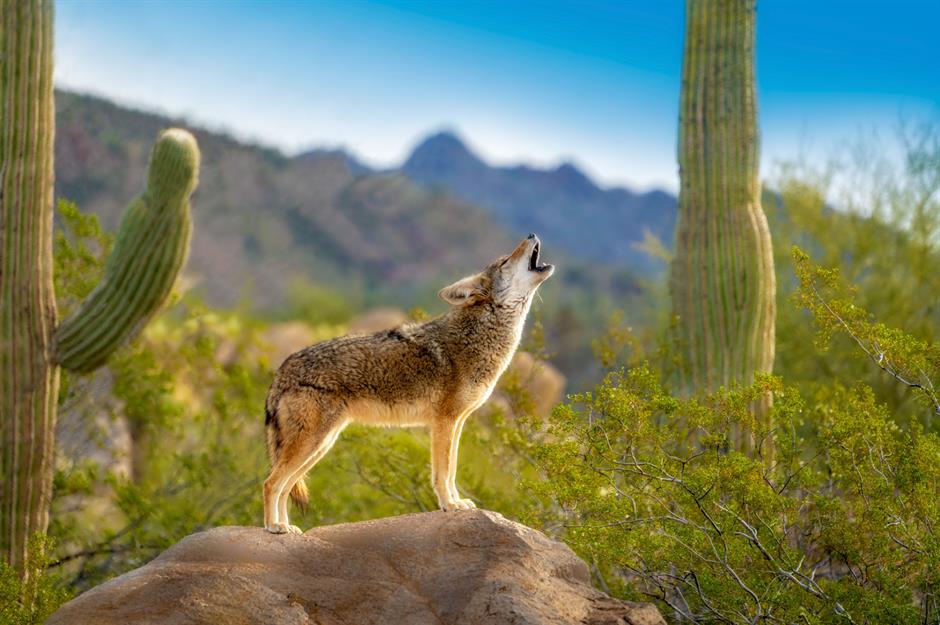
Closely related to the wolf, but substantially smaller, the coyote has now spread from the prairies and deserts of the western United States to roam across most of the country. These adaptable and intelligent wild dogs hunt deer, small mammals, birds and reptiles, but also eat carrion, grass, fruits and berries. Urban coyotes have also been known to prey on pets and eat household rubbish. Attacks on humans are considered extremely unlikely, and there is only one recorded fatality in the US – a three-year-old girl in California in 1981. Like wolves, coyotes use howling to communicate, and are sometimes known as song dogs.
Wolverine
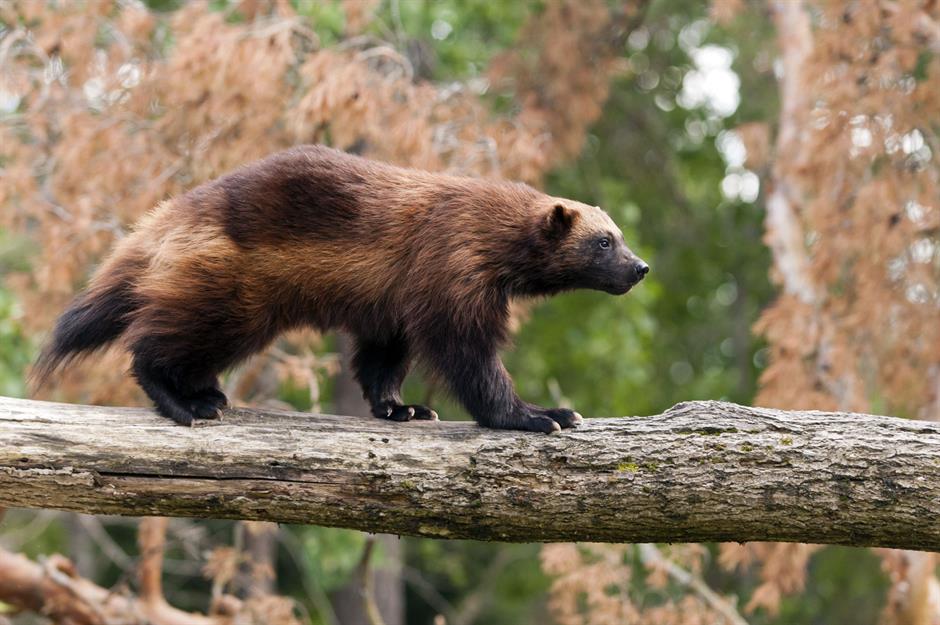
Nicknamed 'woods devil', 'the glutton', 'nasty cat' and 'skunk bear', the widely misunderstood wolverine is in fact the largest species in the weasel family. One of America’s rarest mammals, this sharp-clawed, strong-jawed critter can be found in the North Cascades in Washington, the northern Rockies in Montana, Idaho and Wyoming, and within a small area of Oregon in the Wallowa Mountains. Alaska also has a healthy population of this solitary carnivore that is both predator and scavenger. Attacks on humans are unheard of but pets and livestock have been mauled.
Black widow spider
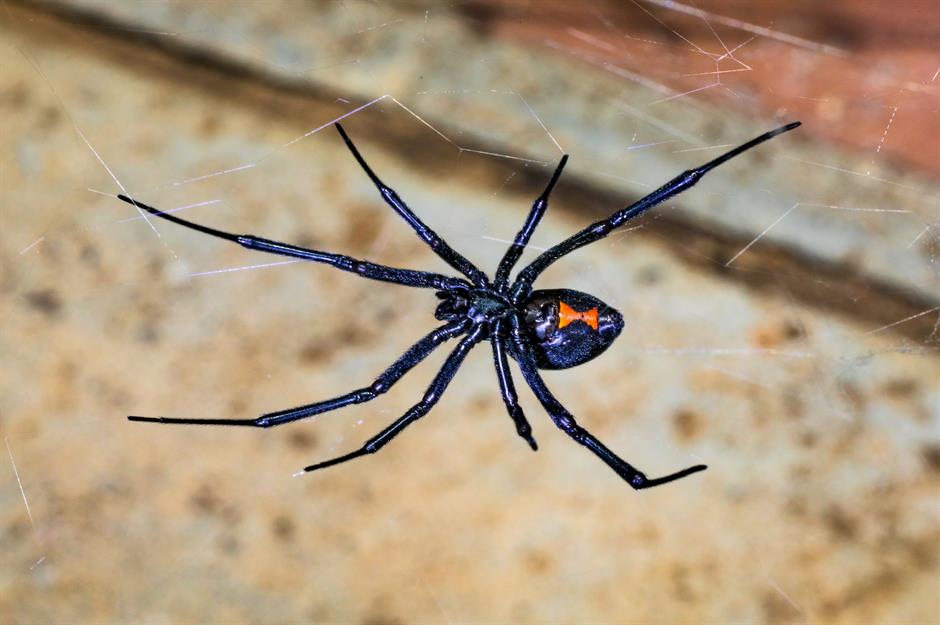
It’s not just big and scary creatures that get our hearts pounding – little critters can be far creepier. There’s good reason the black widow spider is notorious: it's the most venomous in North America and around 2,600 bites are reported to the National Poison Data System each year. The larger female spiders are deadliest, recognisable by their shiny black bodies with distinctive hourglass-shaped red markings. Despite their toxicity, no deaths have been recorded from black widow bites in the US in the last 40 years, but the venom does cause intense pain, muscle rigidity, swelling, vomiting and sweating.
Brown recluse spider
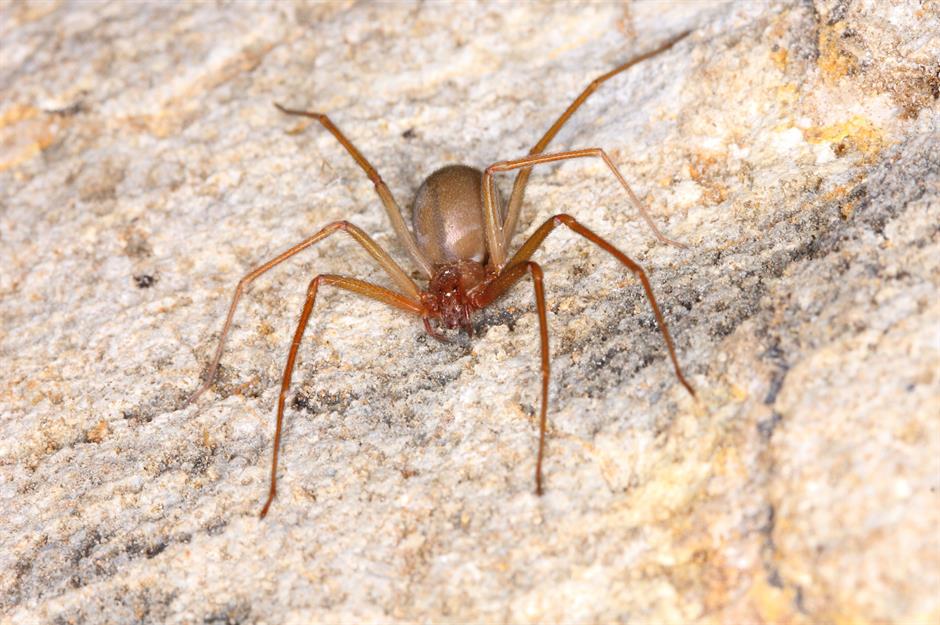
Another of the country’s nastiest nippers is the brown recluse spider. They're found in the southwestern states lurking under rocks and woodpiles, as well as in dark indoor areas like attics, basements, cupboards and drawers. America's most common venomous arachnid, the spiders are between one and one-and-a-half inches (2.5 to 3.5cm) long and can bite when threatened. While the venom is very strong, the dose delivered by a bite is unlikely to cause severe effects. But you still want to avoid getting too close.
Arizona bark scorpion
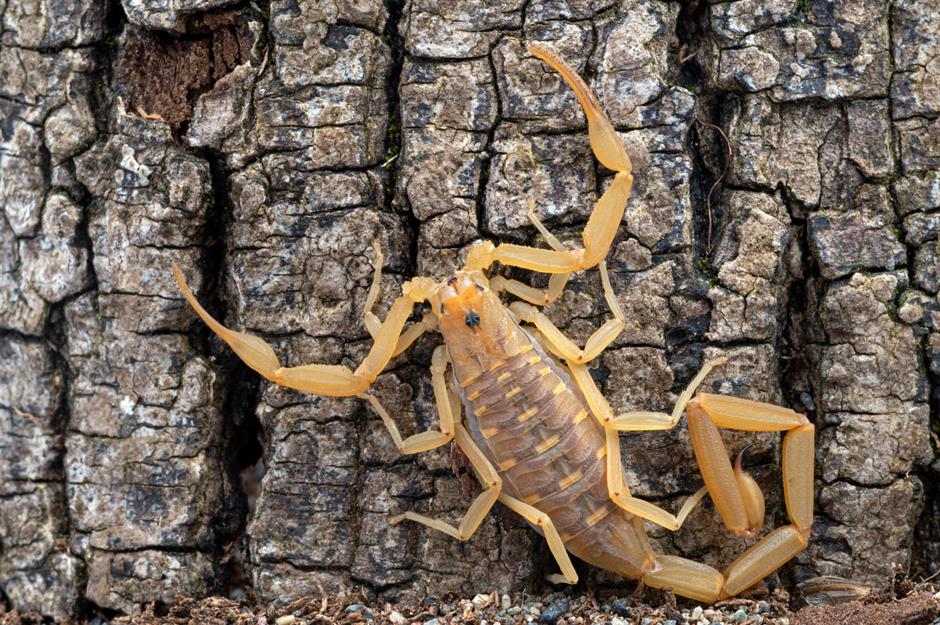
There are around 40 scorpion species in the US, only some of which have venomous stings. The ones to worry about live mainly in the southwestern deserts, and the Arizona bark scorpion (Centruroides exilicauda) is the only one capable of delivering a lethal sting. The light brown critter, which uses its stinger to paralyse its prey, is also found in California, New Mexico, Nevada and Utah. Deaths are only likely to occur in young children and the elderly, with convulsions and shortness of breath the most common effects of an unfortunate encounter.
Stonefish
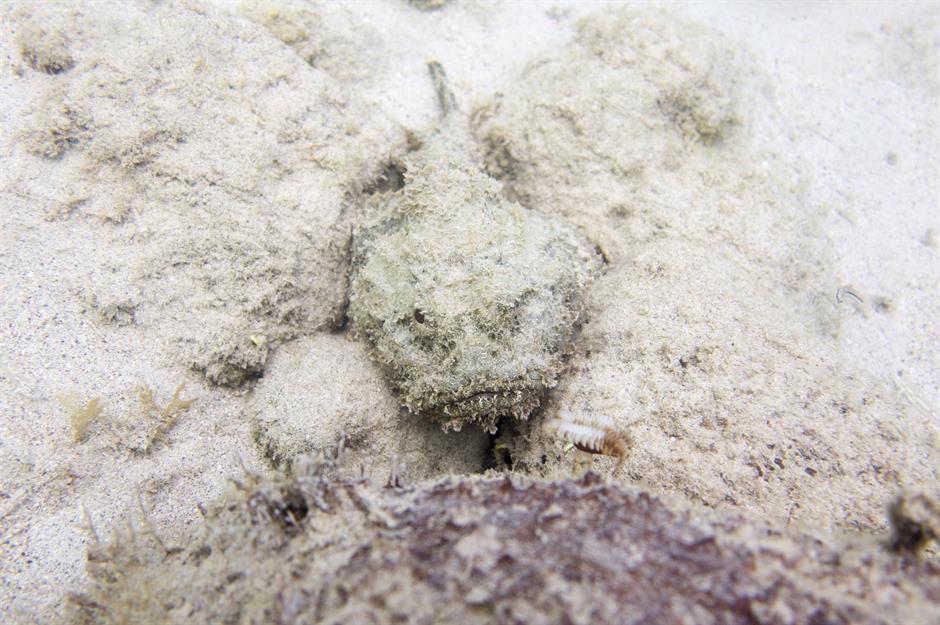
As well as the world’s most dangerous sharks, the Florida coast is also home to the world’s most venomous fish. Stonefish stick up their spines as a defence mechanism when disturbed, and carry a neurotoxic venom that quickly affects the nerves and can be fatal if left untreated. The canny creatures ambush shrimp and small fish by blending into the seabed, so it’s not surprising that most stings occur when unsuspecting swimmers and surfers step on them in shallow water.
Cone snail
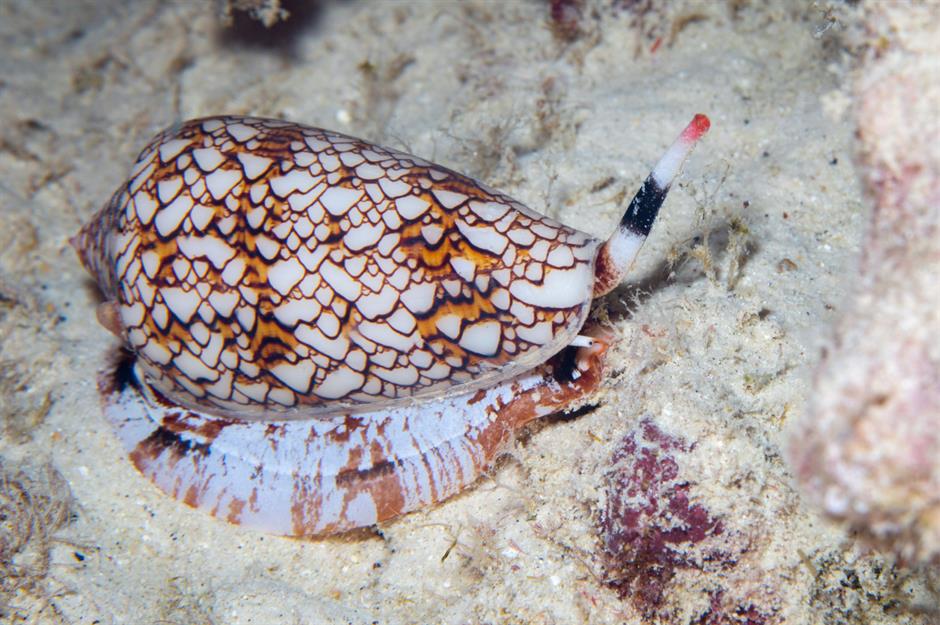
Another sea creature to be wary of when wading the shallow waters of Florida (and Hawaii), the cone snail possesses a potent venom used to immobilise prey (mostly worms, small fish and other molluscs). Most stings are not fatal but cone snails have killed people over the years, and their venom contains tetrodotoxin, which can cause paralysis and even lead to respiratory failure. Hawaii has 34 species of the pretty but perilous mollusc, which is known as pupu poniuniu, meaning 'dizzy shell'.
Stingray
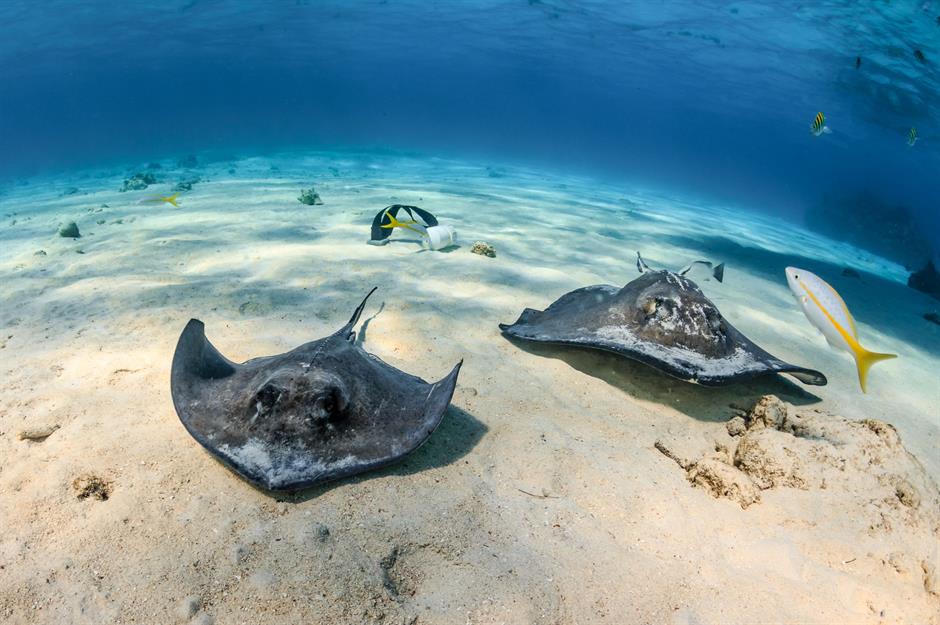
Each year, between 750 and 2,000 stingray injuries are reported in the United States, and American waters house several different varieties: Atlantic stingrays, cownose rays, southern stingrays and round stingrays. Normally docile fish, stingrays protect themselves from predators with venomous spines or barbs found in the bases of their whip-like tails. As the rays tend to burrow into sand close to shore, most injuries happen when they’re accidentally stepped on and startled. Their stings can cause severe pain and nausea, but deaths are extremely rare.
Harvester ant
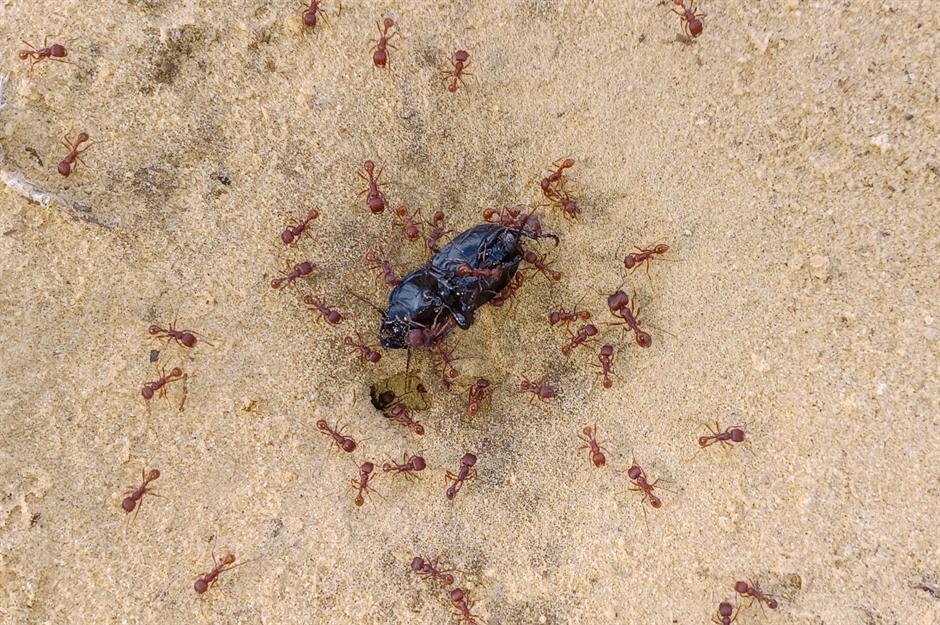
It might not be the most antagonistic ant (that award goes to the Australian bulldog ant) but the Maricopa harvester ant is among the most venomous insects in the US. Found in the southwestern states, it uses its pinchers to inject a highly potent venom to protect itself from predators like reptiles. Remarkably, this poison also releases pheromones that alert other ants in its colony to attack. Its close relative, the Florida harvester ant (found from Florida up to North Carolina) is another murderous mini-beast that can deliver a very nasty nip.
Red fire ant
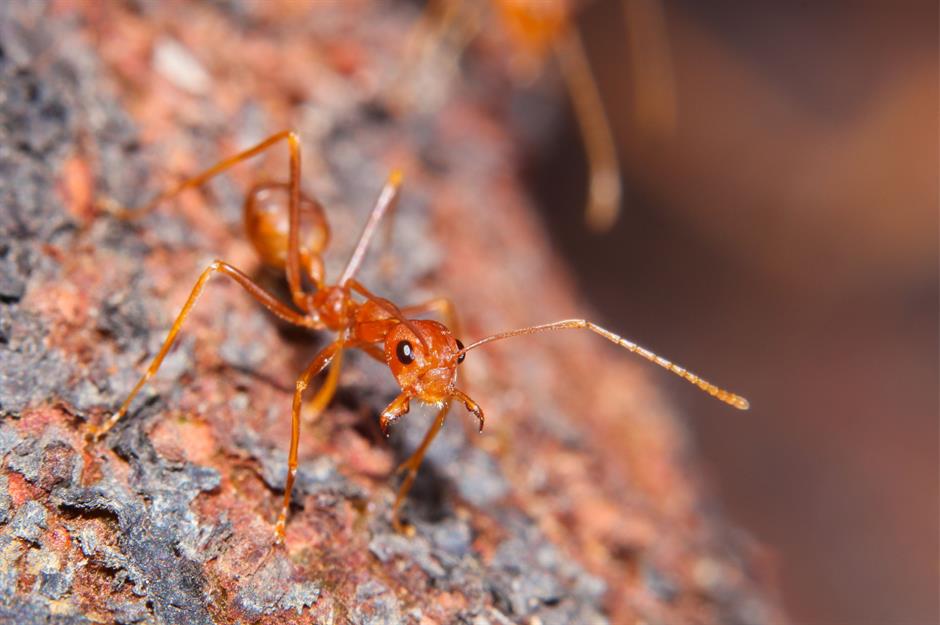
Fiery by name, fiery by nature, the red fire ant is an invasive species of ant that’s not only a nuisance to farmers and native flora and fauna but can also inflict a vicious sting to unsuspecting humans. Thought to have arrived in the US from South America in the late 1930s in soil used as cargo ship ballast, they’re now found across Florida, Georgia, South Carolina, Tennessee, Alabama, Mississippi, Arkansas, Texas and Oklahoma. The reddish-brown ant’s venom causes a red and painful swelling that can blister. Like wasp stings, they can lead to lethal anaphylactic shocks.
Puss caterpillar
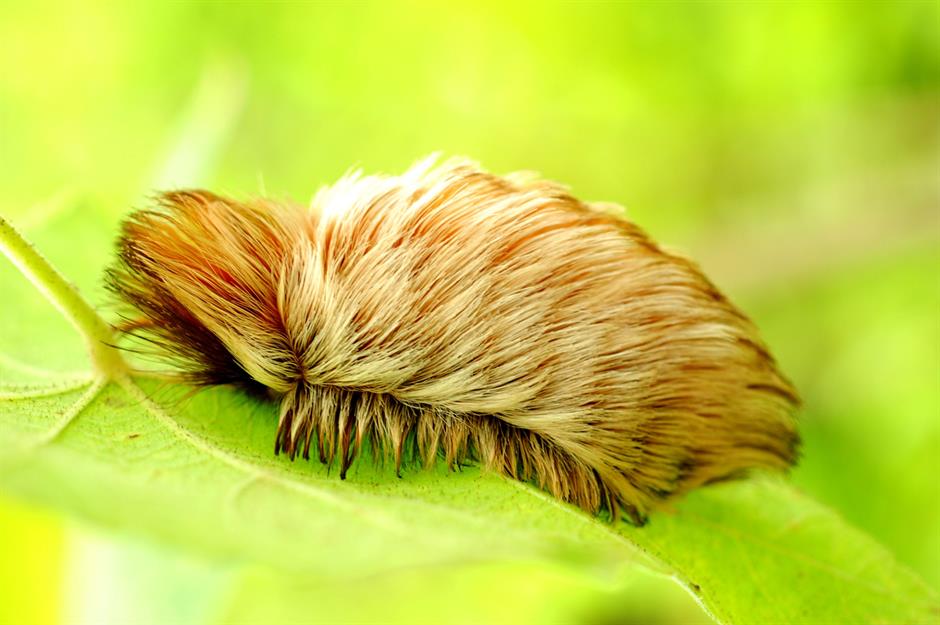
It might look strangely strokeable, but don’t be fooled by this furry and ferocious caterpillar. The larva of the southern flannel moth, this caterpillar spurts acid when under attack and gets its name from its soft, pussycat-like fur (technically called setae) that hides its toxic spines. Measuring around one-and-a-half inches (4cm), the hirsute creepy-crawly – also known as a 'woolly slug' – is widespread and the most venomous caterpillar in the country, inflicting painful stings if touched. The moths are not venomous.
Gila monster
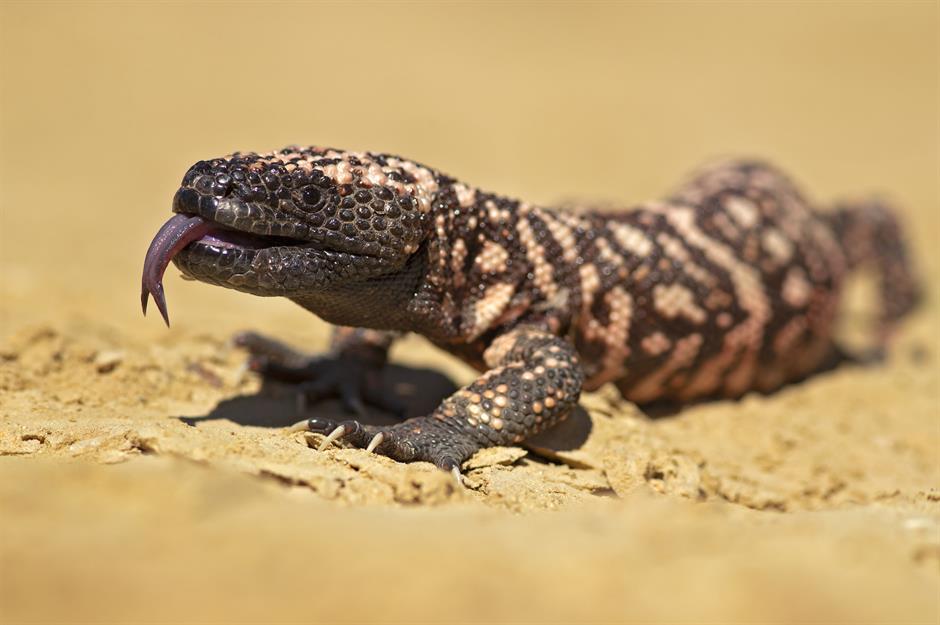
This dashing desert dweller is America’s only venomous native lizard, living in Arizona and parts of California, Nevada, Utah and New Mexico. Reaching lengths of up to 22.5 inches (57cm), gila monsters are also America's largest lizards, and boast distinctive pink and orange markings interposed with black bands. They emit venom through their jaws when they capture prey, and, while they don't pose much threat to humans (the last fatal gila monster attack occurred pre-1930), small mammals, insects, frogs and other lizards are right to be wary.
Box jellyfish
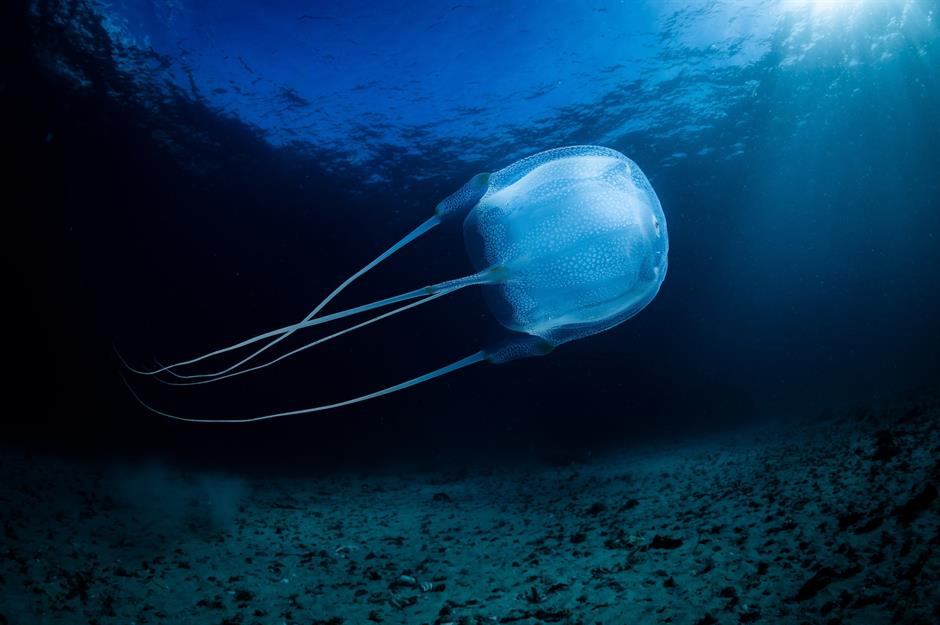
One of the world’s most venomous animals and by far the deadliest jellyfish, the infamous box jellyfish boasts long tentacles covered in stinging cells that contain extremely strong poison. So-called because of their box-like bodies, these deadly sea creatures are most often associated with Australian waters, but slightly less deadly species are found around Hawaii, the US Virgin Islands, Florida and California. Severe box jellyfish stings can kill inside a few hours, while symptoms include intense pain, blistering, abdominal pain, breathlessness, headaches, muscle spasms, nausea and vomiting.
Moose
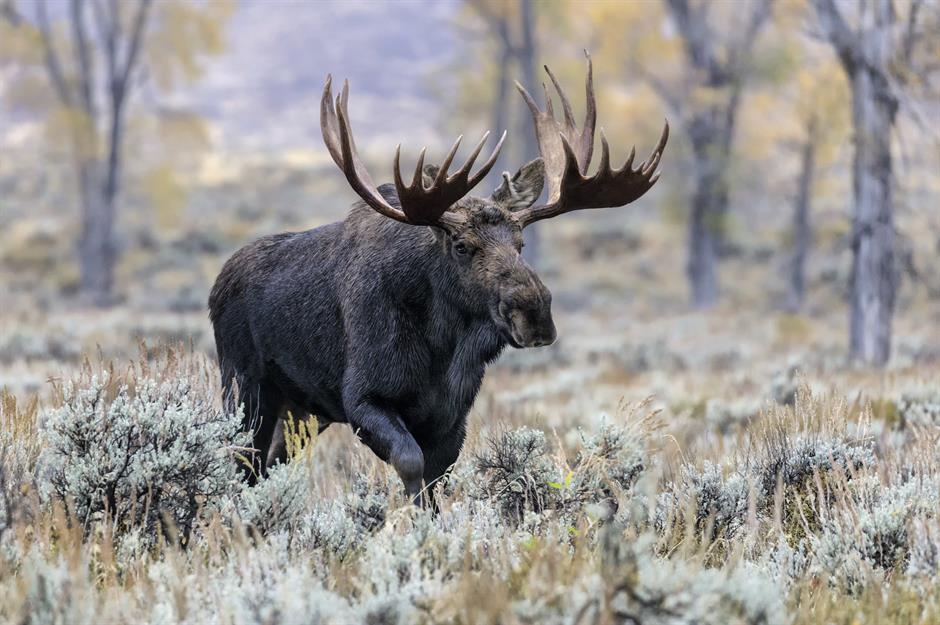
The largest member of the deer family, moose can measure up to six feet (1.8m) at shoulder height. Fairly easy to see in northern parts of the US and Alaska, this charismatic animal is an incredible sight in the wild but can pose real dangers when it feels threatened. In fact, Alaska reports more human injuries by moose than by bears. Signs of an imminent attack include snorting and lip licking, neck and back hairs standing on end and ears folding back. Moose are fast runners and can also cause accidents by darting into roads.
American bison
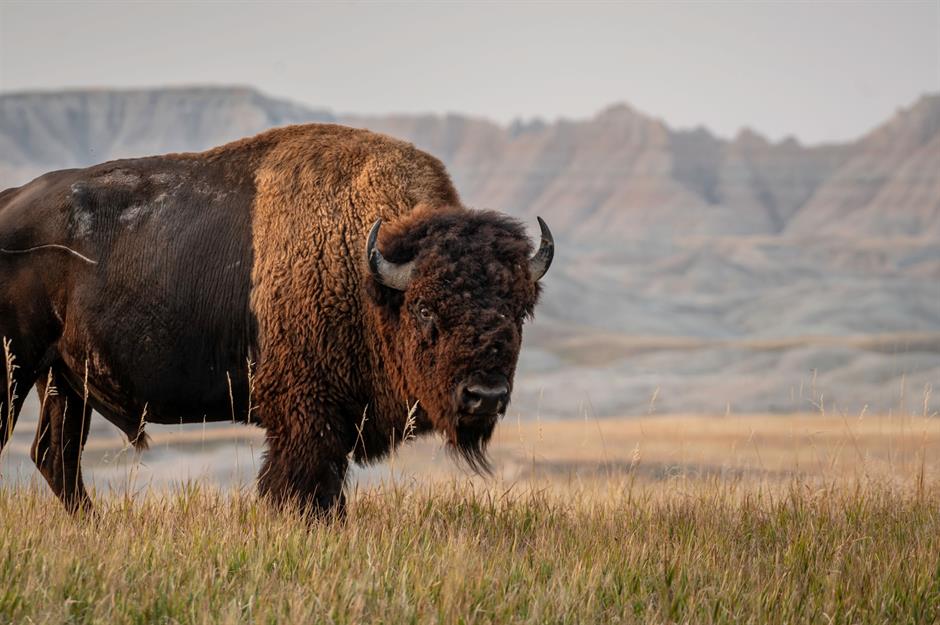
North America’s largest and best-known land mammal is mesmerising to look at but also aggressive and territorial, particularly during breeding season. American bison boast massive frames and piercing horns but are also fast and agile: they can run at speeds of up to 40 miles per hour (65km/h) and jump up to six feet (1.8m). There have been goring incidents in various national parks when humans have got too close, and the NPS says that bison have injured more people in Yellowstone than any other animal. It recommends staying at least 75 feet (23m) away.
Comments
Be the first to comment
Do you want to comment on this article? You need to be signed in for this feature